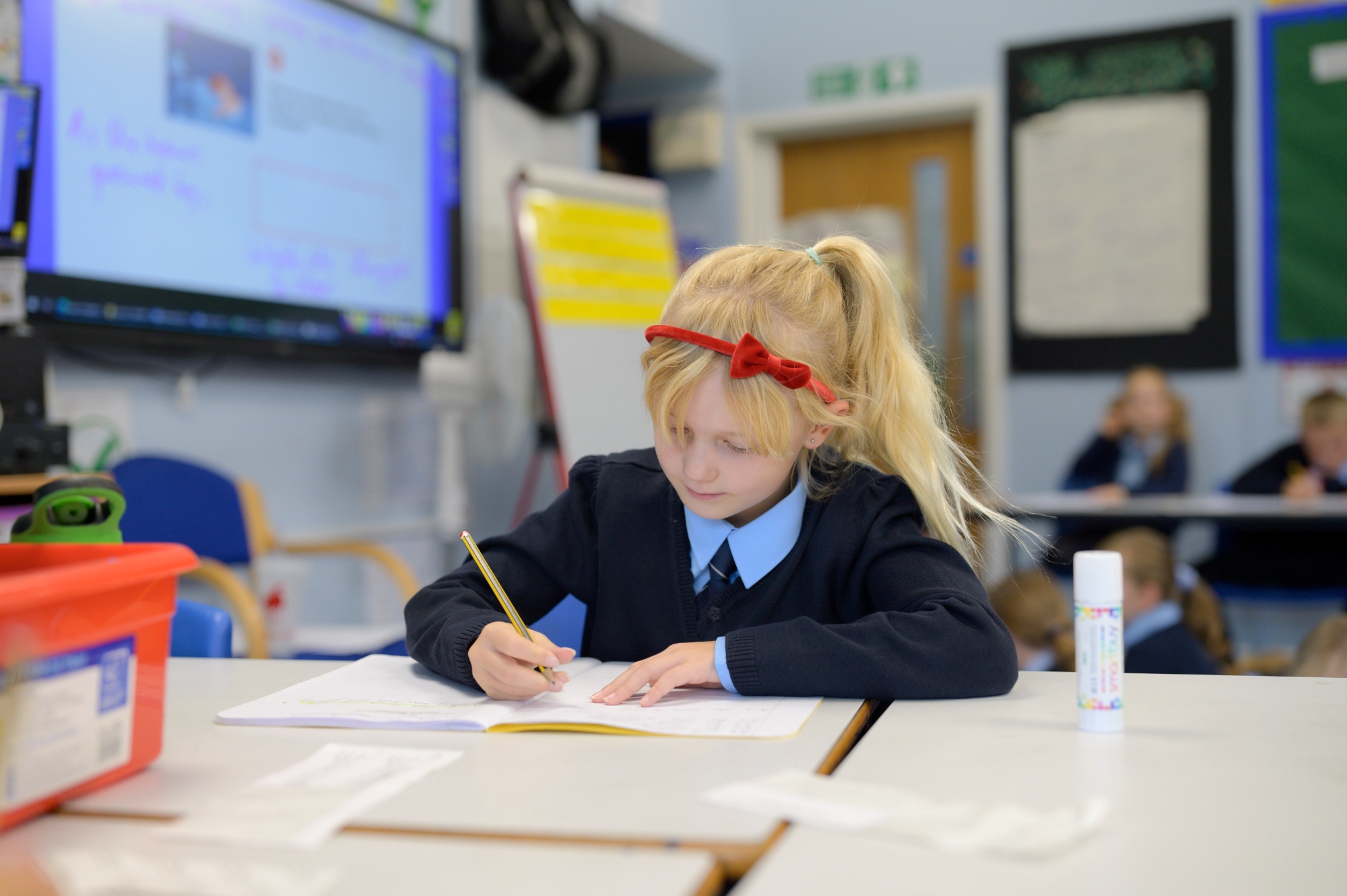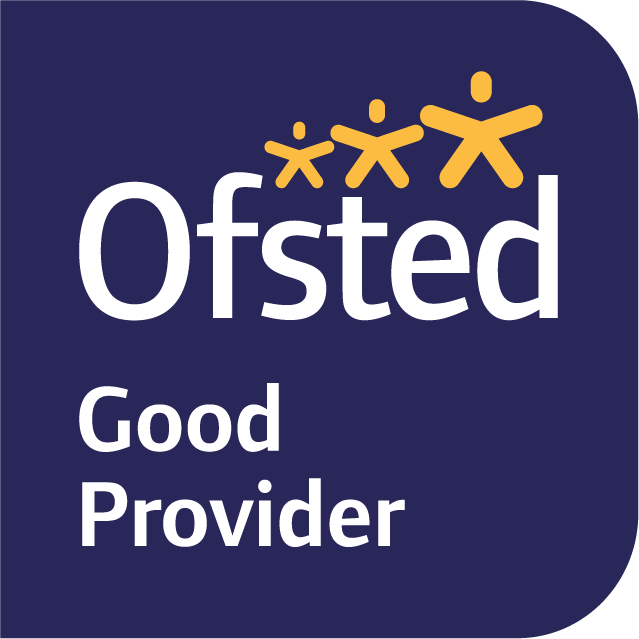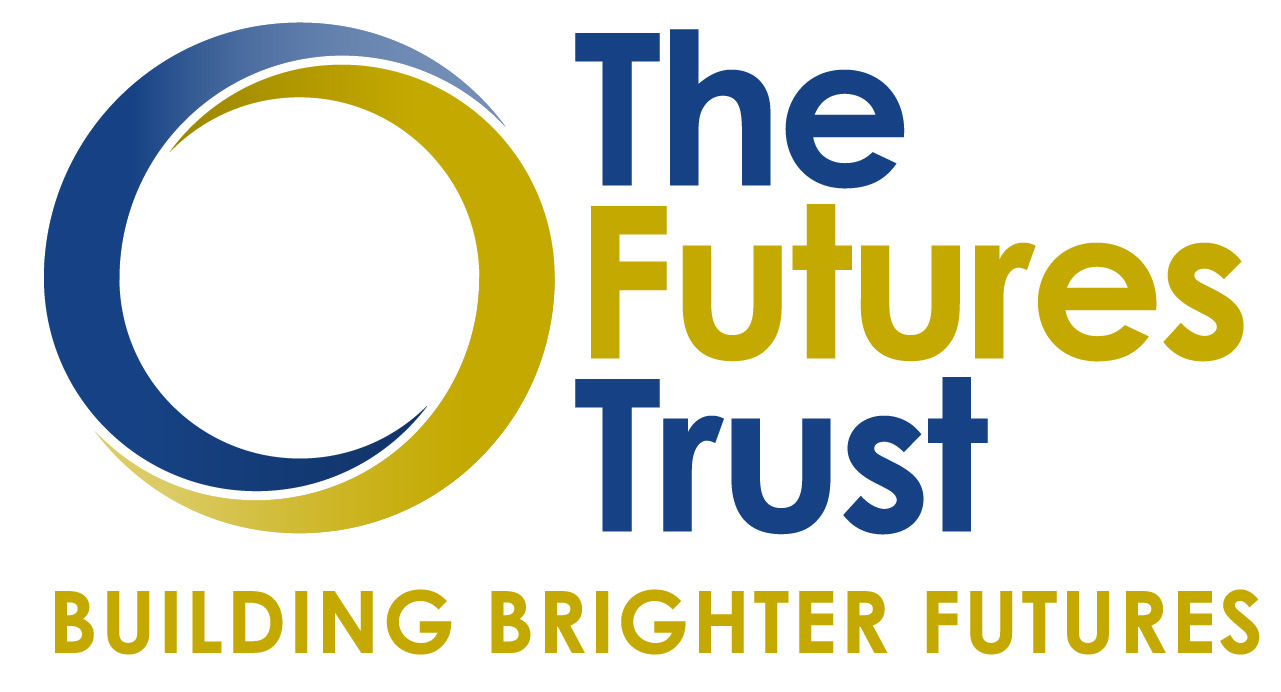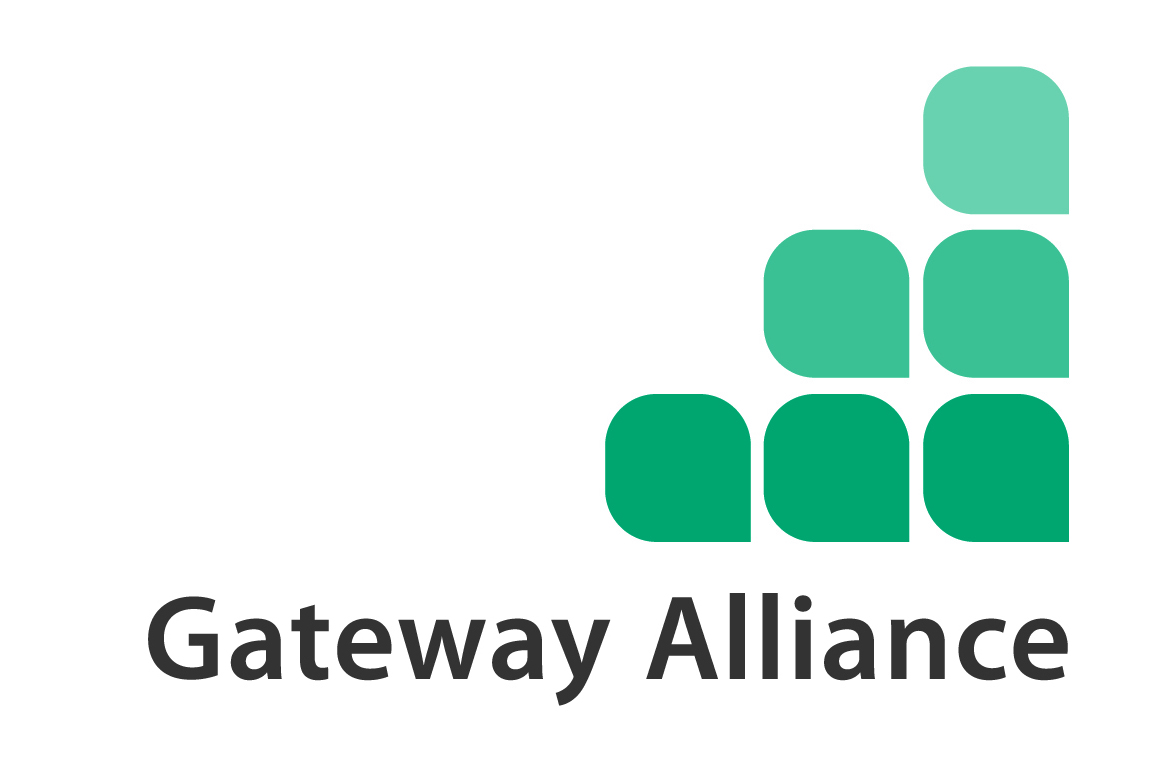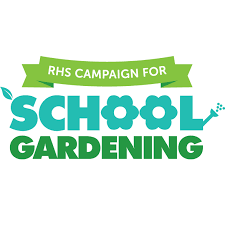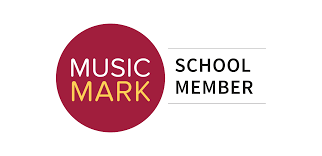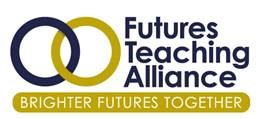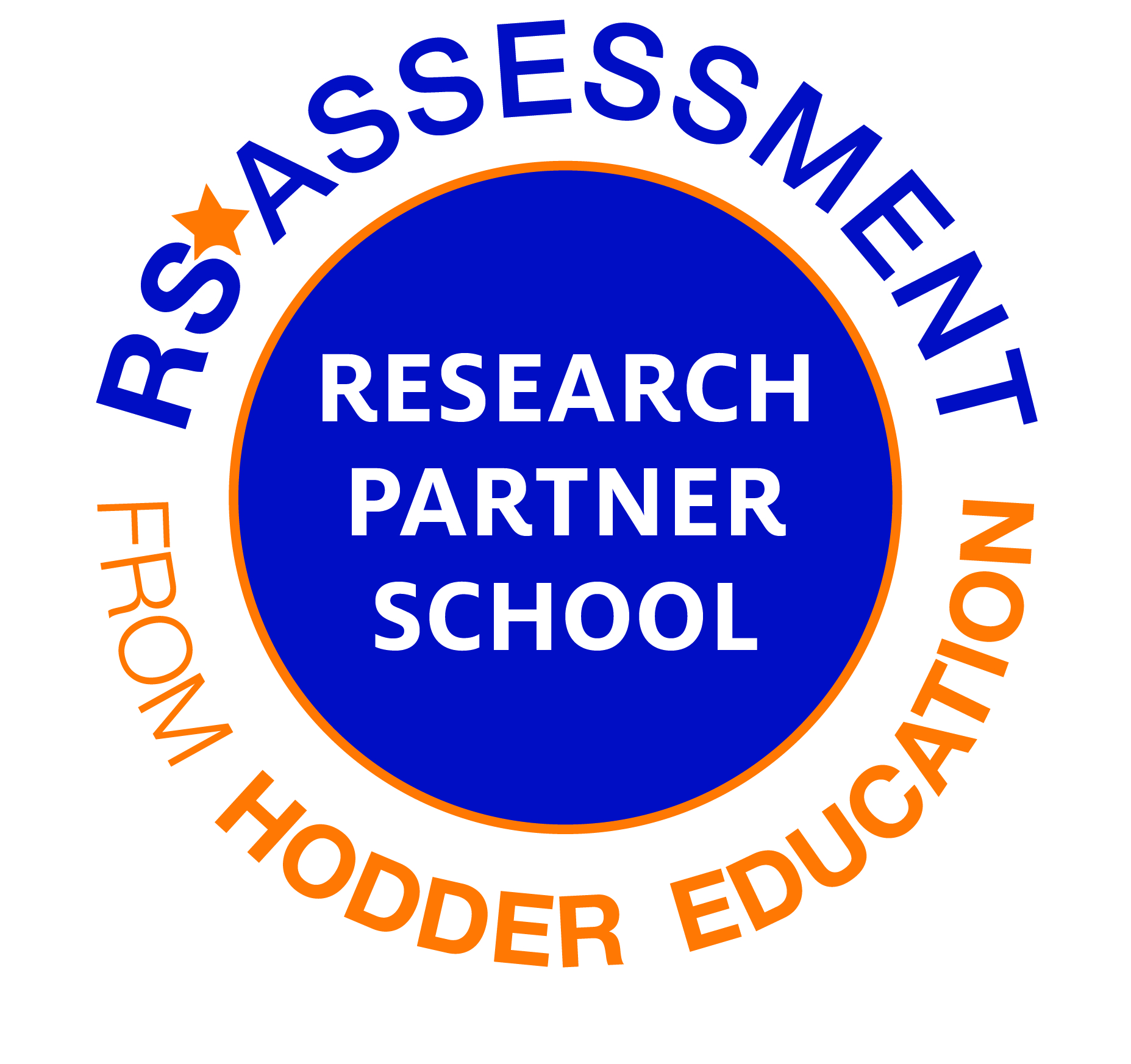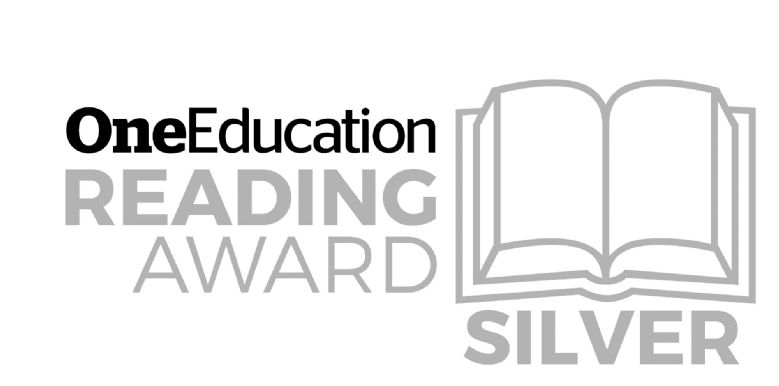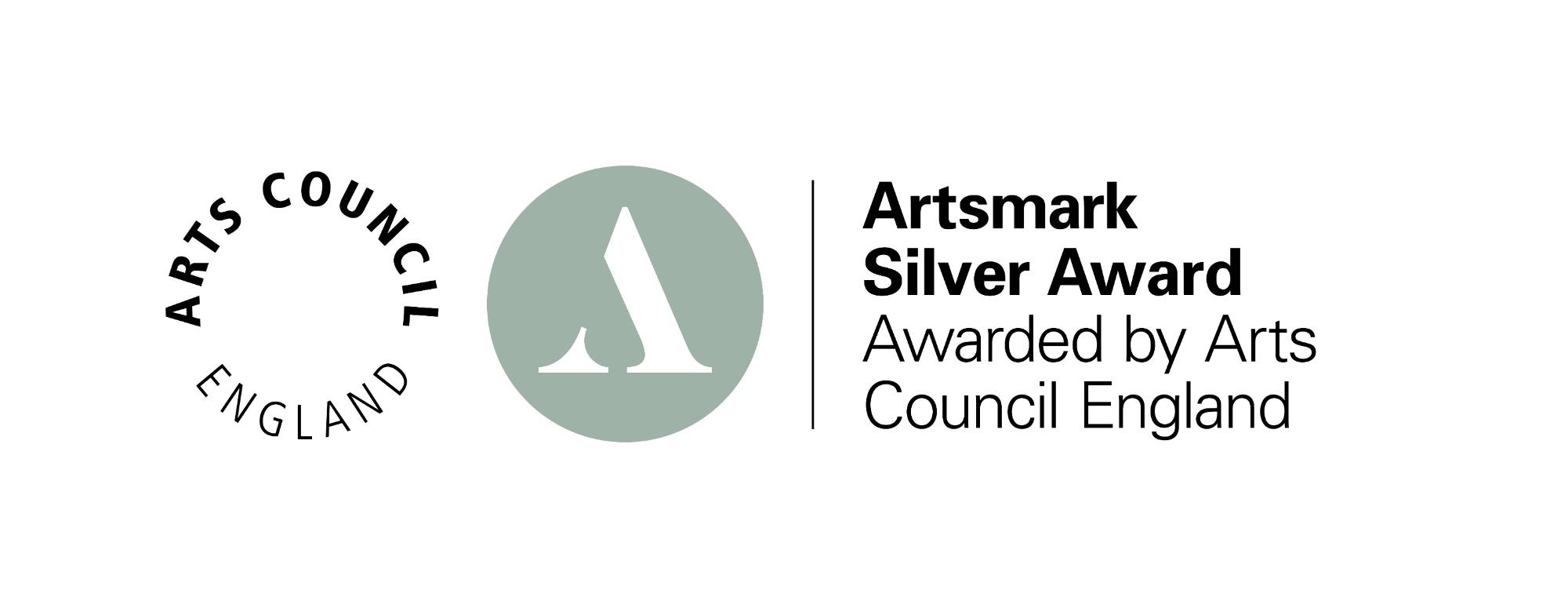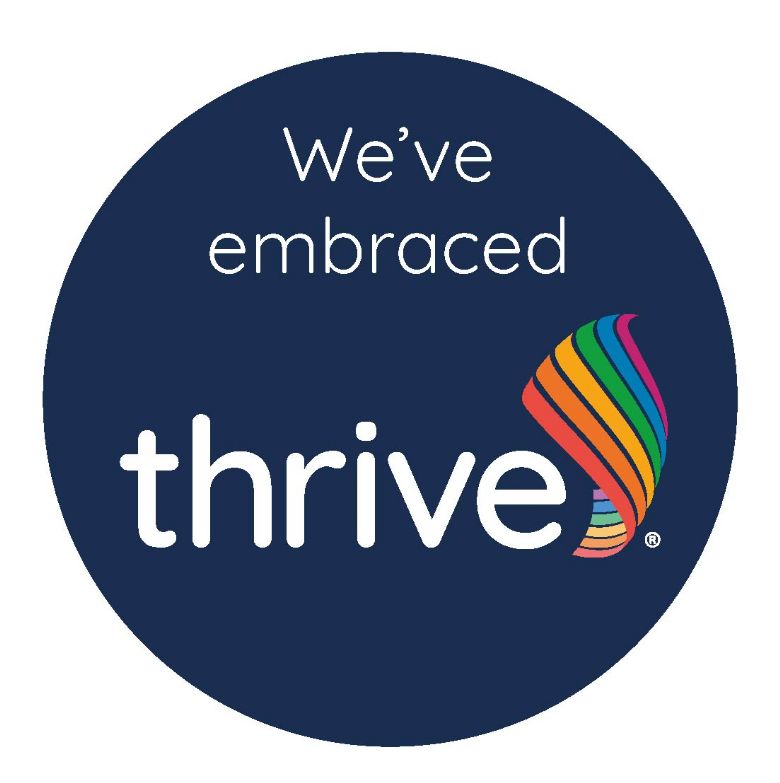Writing
Writing at Keresley Grange
Writing at Keresley Grange is centred around a high quality story that captures the children's interest from the outset. The model that is used to teach writing is a personalised approach based around best practice taken from 'The Write Stuff'. The school environment enfolds children in stories, settings and language. There is a focus on drama, oracy and language development, equipping children with fundamental knowledge and skills that will enable them to be successful throughout their lives.
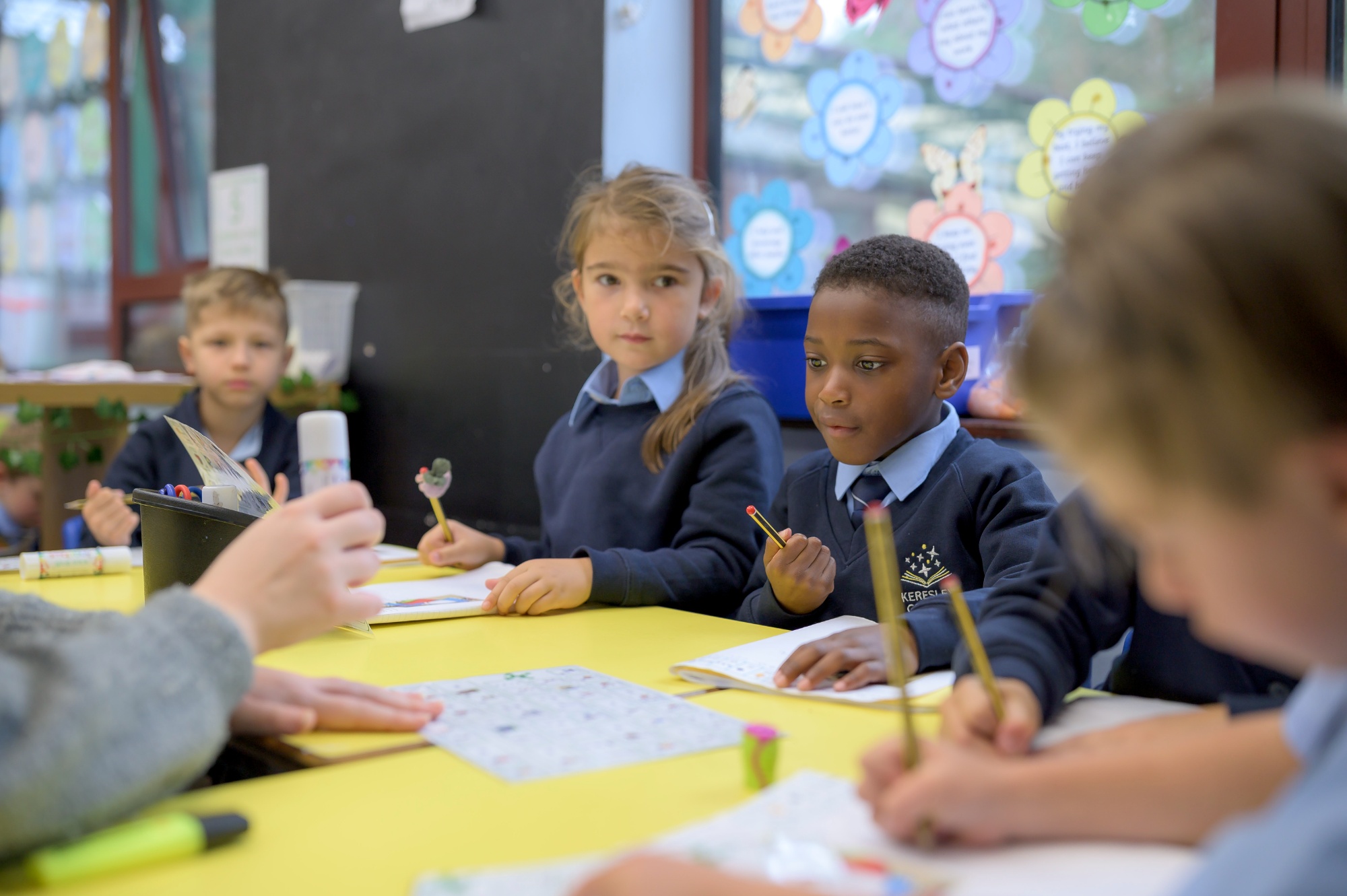
The key focus within our Writing curriculum is on the love of story, enrichment and language. Children are immersed in a key text, revealing plot points one at a time through the 'slow reveal' to maintain the excitement of revealing the story. This story forms the basis of the wider project and curriculum enrichment. We add clarity to the mechanics of the teaching of writing.
In Reception, children are immersed in a language rich environment, with stories at the core of their learning and the Early Years Curriculum. Even before they can write, the children are securing their understanding of words and their meanings through 'Picture Power'. The FANTASTICS are used to focus the children's ideas about what can be seen, igniting their senses and broadening their vocabulary. The children are also taught ambitious word choices through 'Word Collecting' activities.
Once the children can segment sounds, they begin to label the pictures they see with words and soon they use these words to form sentences. The children are supported to apply their phonic learning to their writing, follow a simple sentence structure and to use basic punctuation. Not only do the children hear stories, they soon become authors themselves. They begin 'Sentence Stacking'; connecting ideas about characters to create stories. By the end of their Reception year, the children are already on their journey as writers.
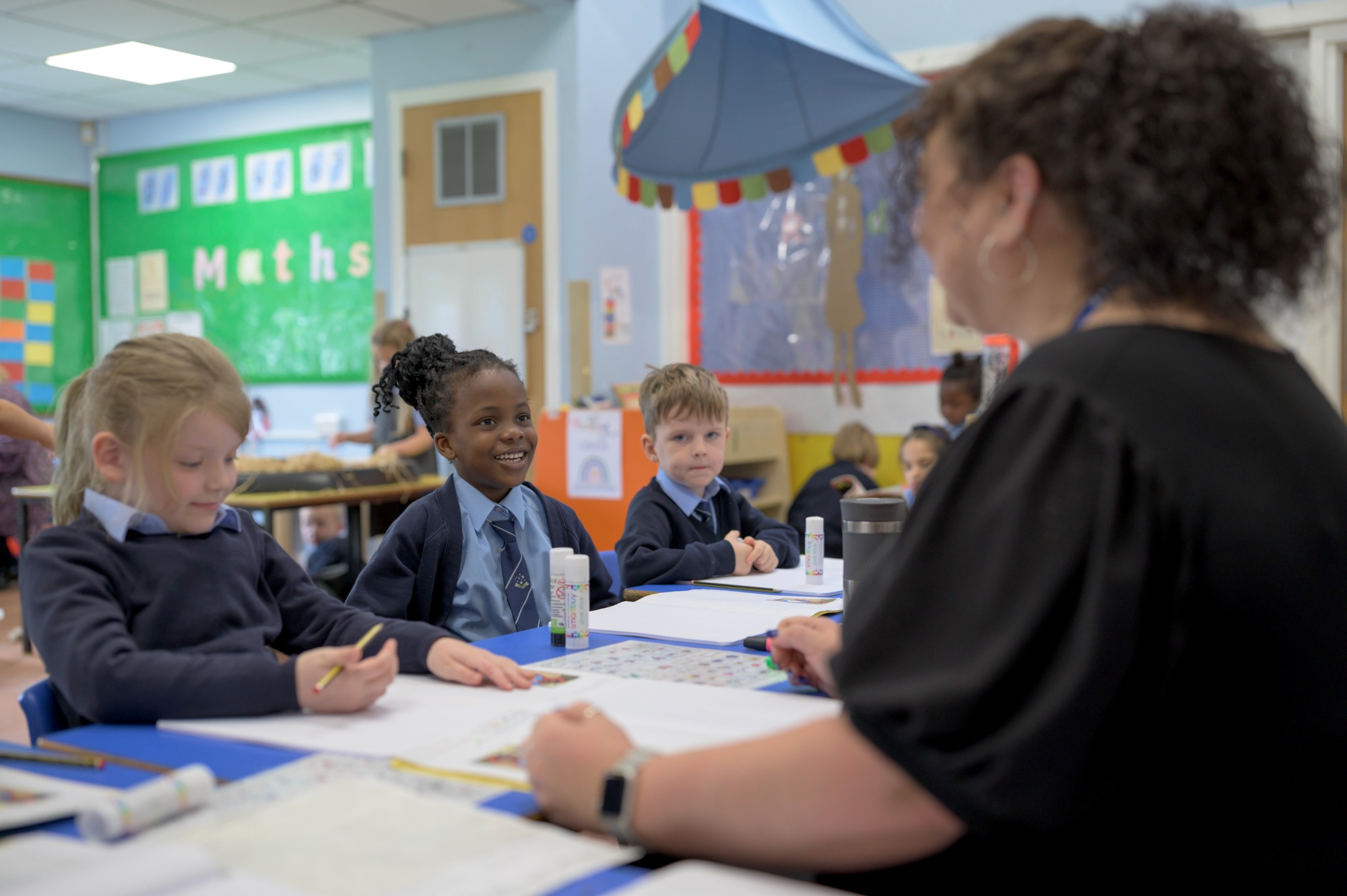
Children follow a method called ‘sentence stacking’. Sentence stacking refers to the fact that sentences are grouped together chronologically or organisationally to engage children with short, intensive moments of learning that they can apply immediately to their writing. Children learn to sentence stack, focusing on the style of the author and impact of words and sentences. The planning of these is based on the teacher’s assessment of the children’s learning needs. An individual lesson is based on a sentence model, broken into three separate chunks: ·
Initiate section – a stimulus to capture the children’s imagination and set up a sentence. ·
Model section – the teacher close models a sentence that outlines clear writing features and techniques. ·
Enable section – the children write their sentence following the model and have the opportunity to 'deepen the moment' where they can explore the plot point further and demonstrate their own creative sentences using their previous learning.
The Three Zones of Writing: The FANTASTICs (Ideas), The GRAMMARISTICs (Tools), and The BOOMTASTICs (Techniques) support their learning, precision and writing.
The FANTASTICs system, which is also used in the teaching of reading, allows children to identify the nine elements that all text types are comprised of. When pupils are familiar with these nine elements, they are able to ensure that they are incorporated into their writing. The FANTASTICs help children to sharpen their understanding of their own and others’ writing by encouraging them to be observant and reflective.
The 9 GRAMMARISTICs cover national curriculum requirements, capturing the broad spectrum of key grammar knowledge. Discrete gammar lessons are also taught to ensure specific grammar knowledge is taught and revisited. A grammar routeway is used to ensure consistency and progression through school.
The BOOMTASTICs capture the ten powerful ways to add drama and poetic devices to writing. They help children structure their work, teaching them to showcase their writing voice, demonstrate originality and to take risks in a bid to capture the truth of a situation.
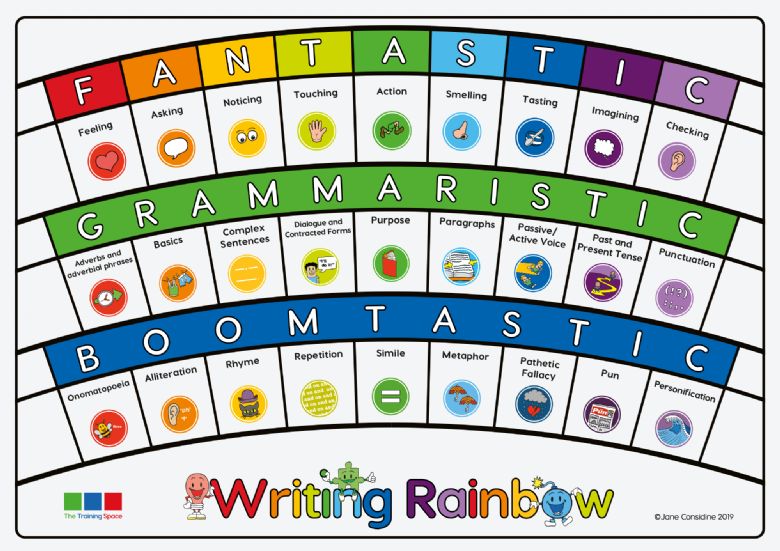
Once children have followed their 'central character' through the story, they have the opportunity to plan and write independently using their previous learning to shape their creative stories. Children at Keresley schools are encouraged to see writing as a journey; re-drafting and editing are used before writing is published. Writing extends across the curriculum with children being given opportunities to write for a range of different purposes outside of the writing lesson.
Handwriting is taught discretely using LetterJoin. This is practised at least 3x weekly until children are able to join fluently. Children with additional needs have further support to aid fluency in writing.
All English based activities are extended with opportunities for Greater Depth, where children can take writing in their own directions. This includes project sessions, structure of English lessons, writing non-negotiables, assessment and marking.
